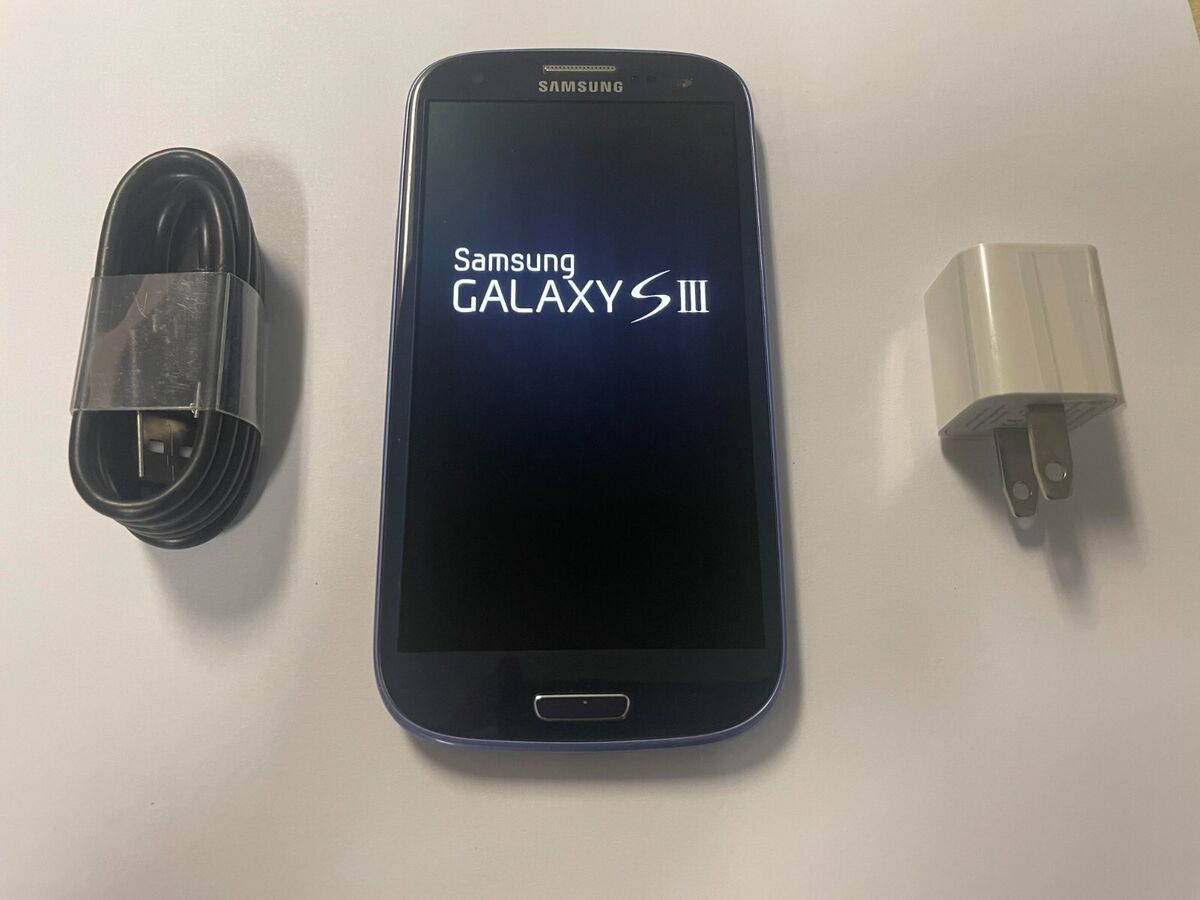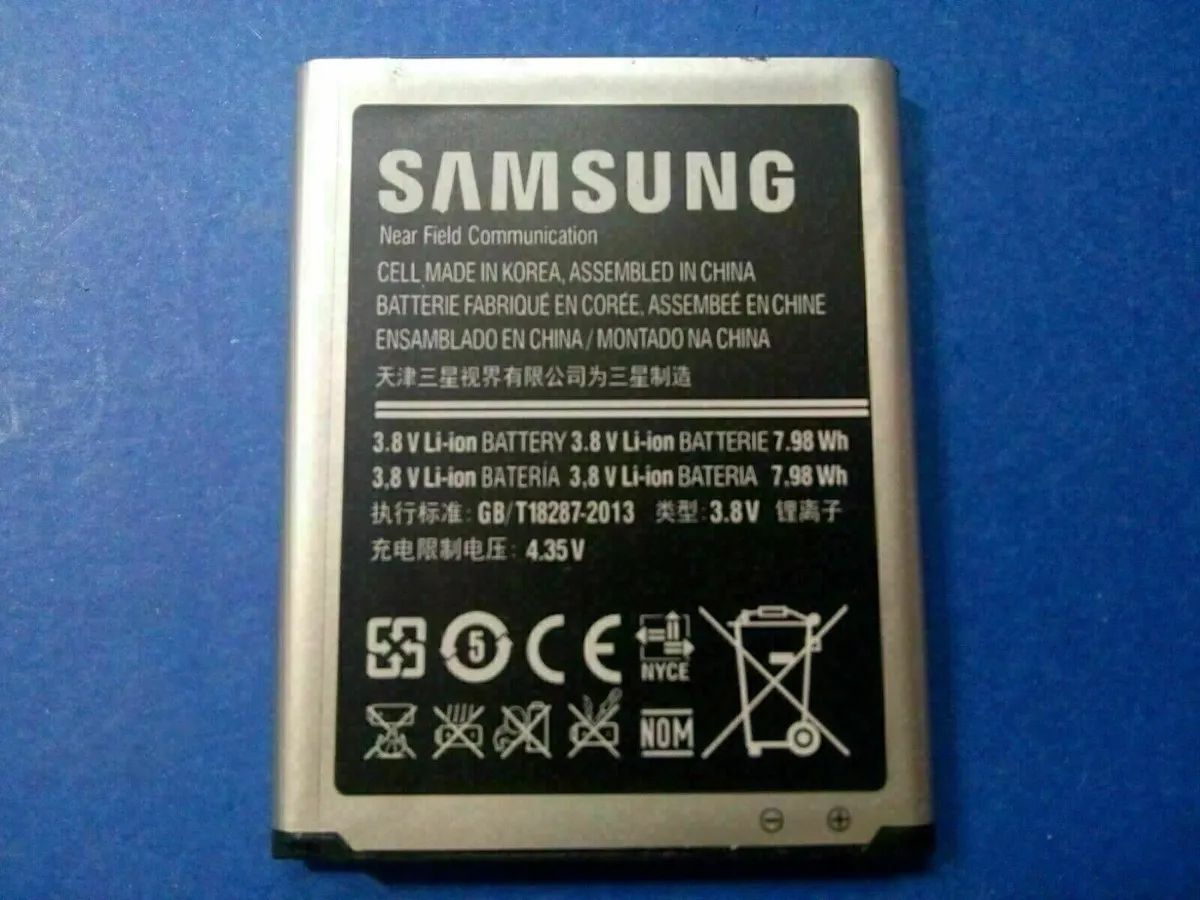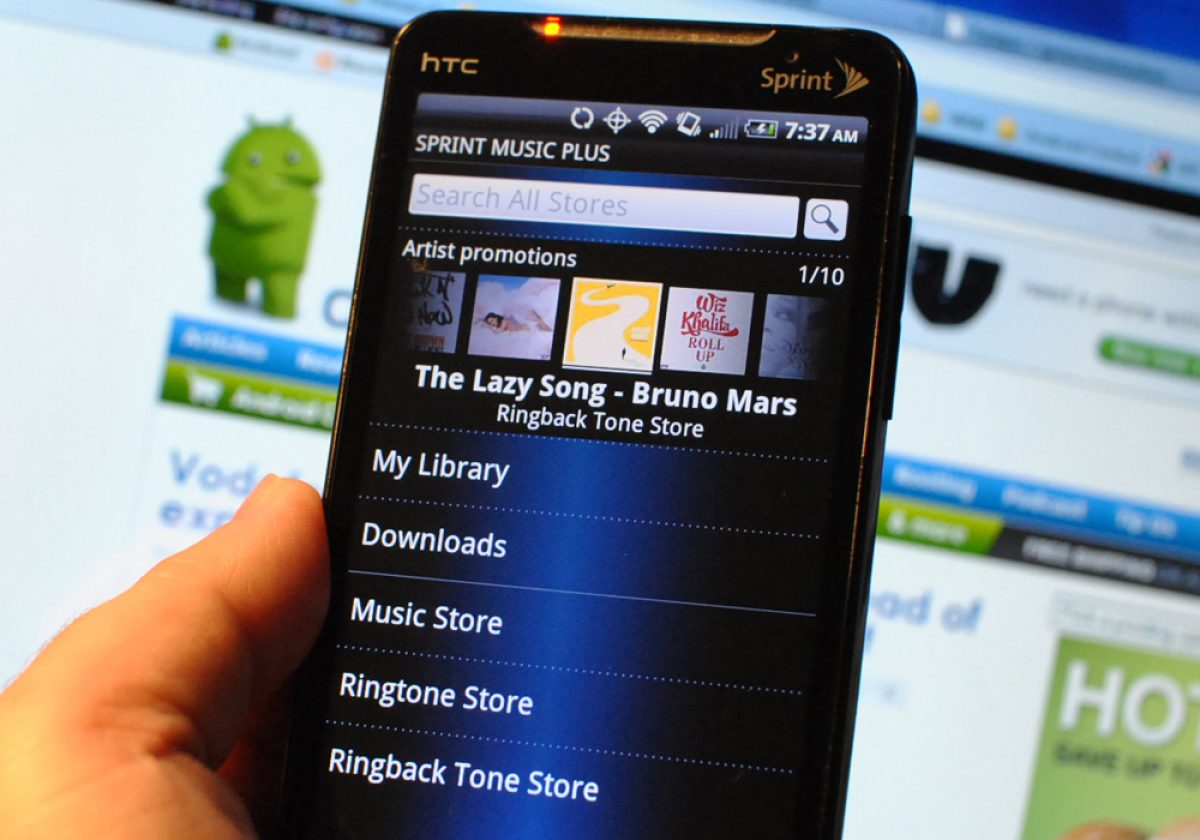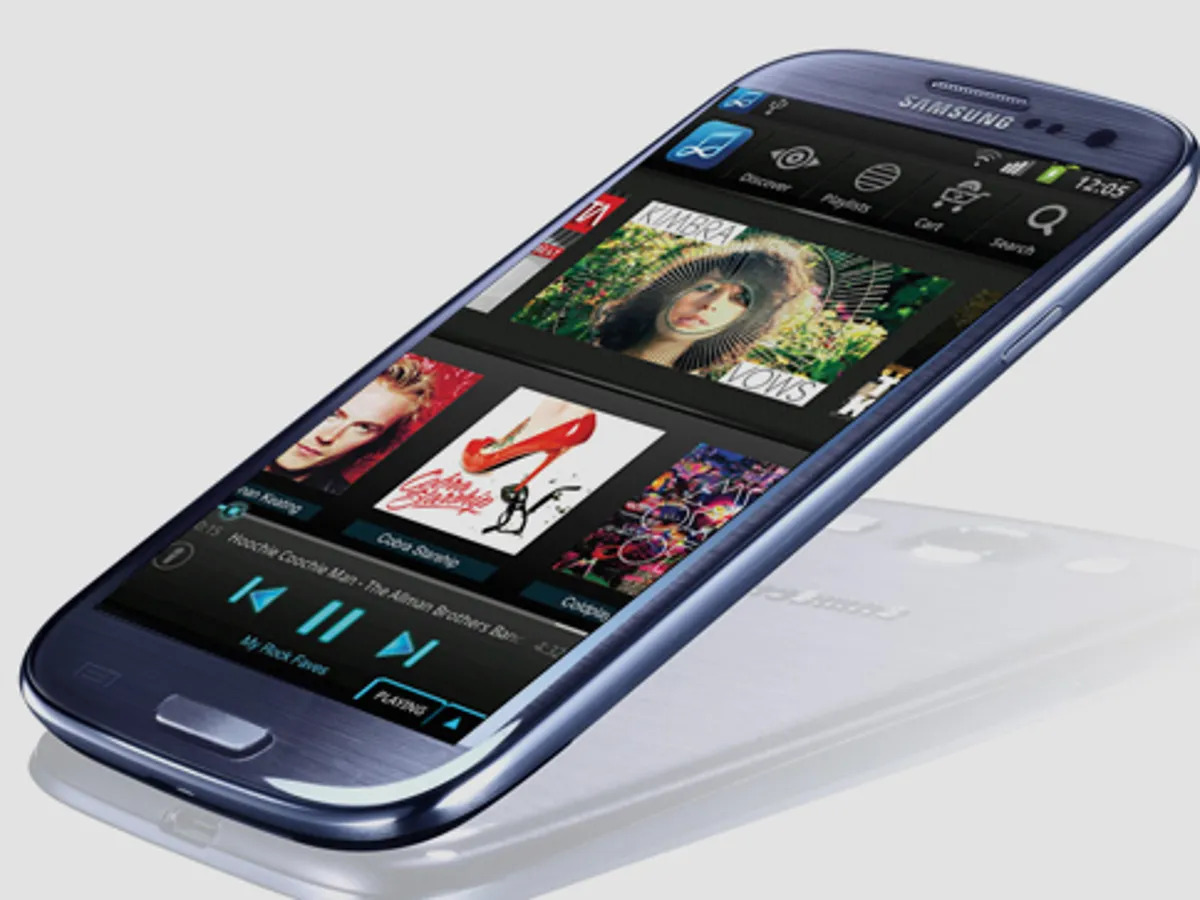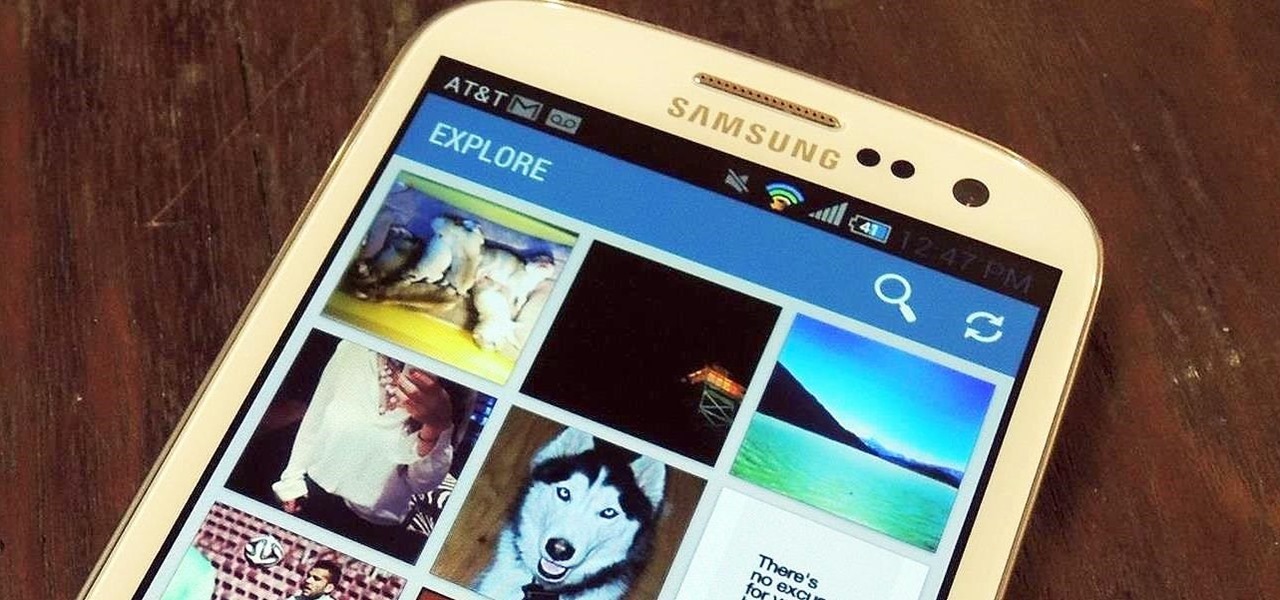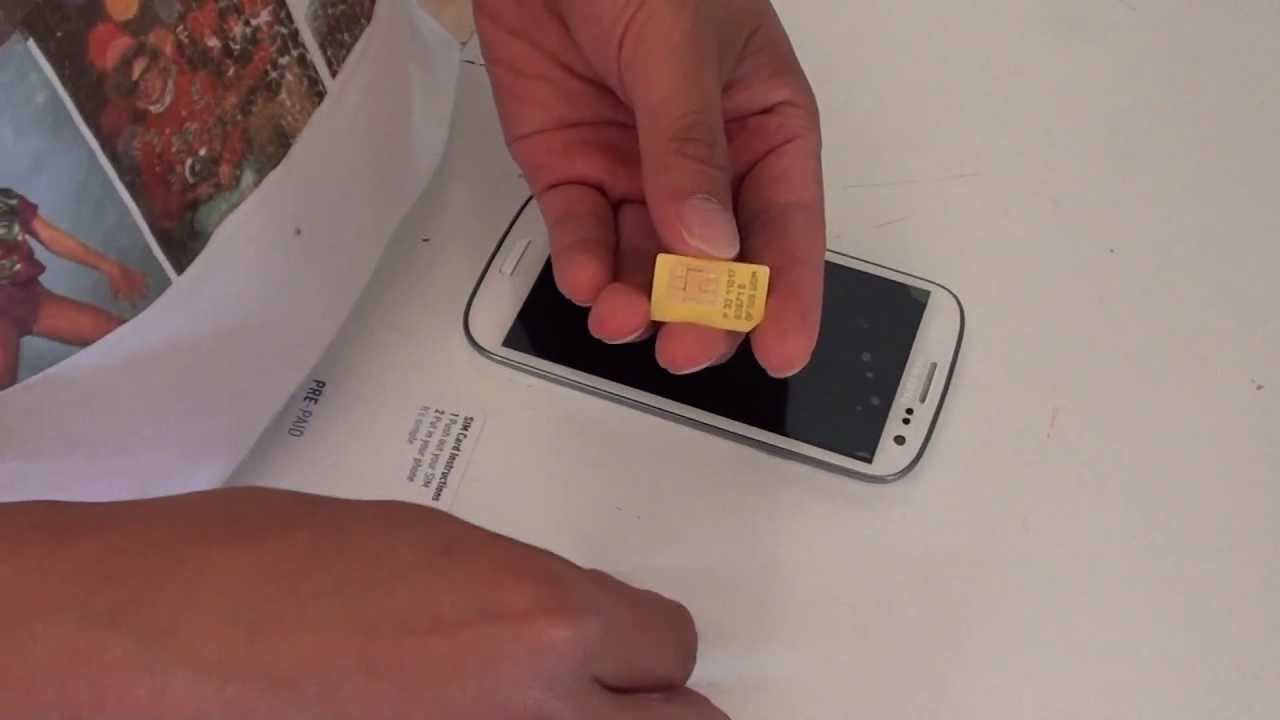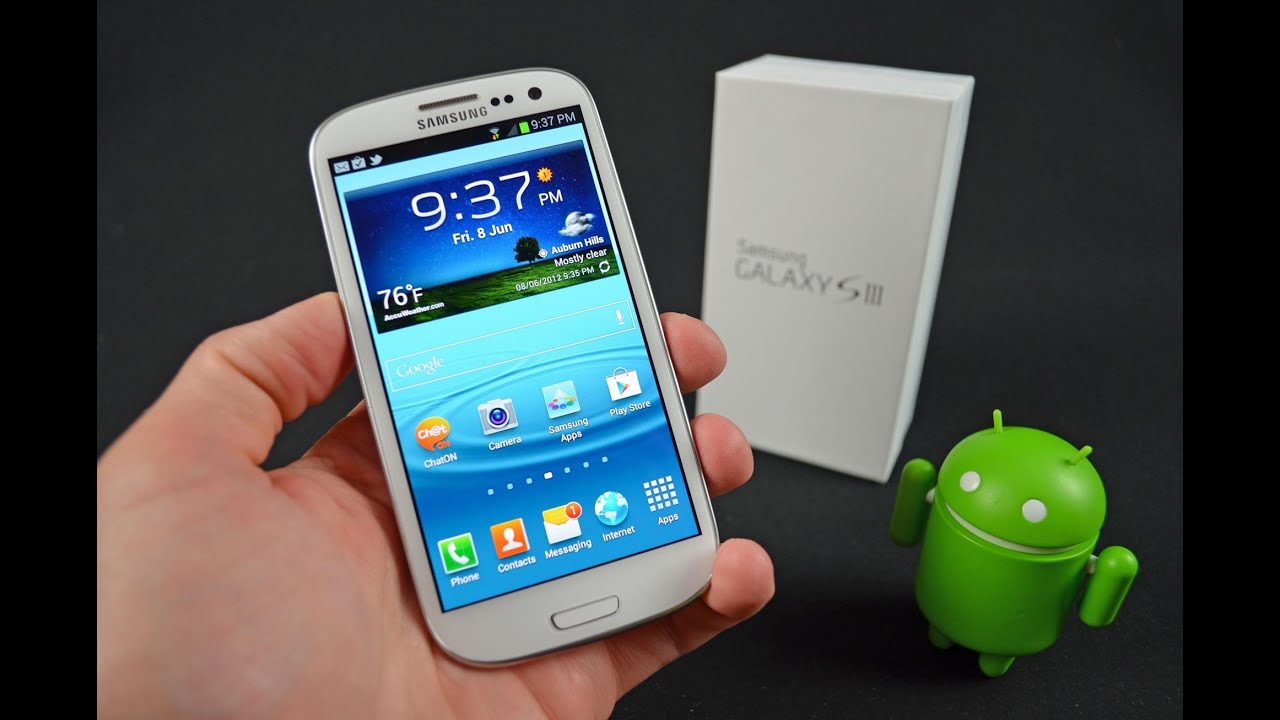Introduction
Welcome to our article on the Samsung Galaxy S3! If you’re a tech enthusiast or someone looking to buy a new smartphone, you’ve come to the right place. The Samsung Galaxy S3 was a highly popular device when it launched back in 2012, and it still holds a special place in the hearts of many smartphone users. In this article, we will focus on one aspect of this iconic device – its size.
The size of a smartphone is an important consideration for many consumers. Some prefer larger devices for better multimedia experiences and enhanced productivity, while others lean towards more compact options for ease of handling and portability. The Samsung Galaxy S3 falls somewhere in the middle, striking a balance between a large display size and a sleek form factor.
In this article, we will delve into the details of the Samsung Galaxy S3’s display size, dimensions, weight, and compare it to other smartphones. By the end, you will have a clear understanding of how the Samsung Galaxy S3 measures up in terms of size and whether it is the right fit for your personal preferences and needs.
Display Size
The Samsung Galaxy S3 boasts a sizable display that was considered impressive for its time. It features a 4.8-inch Super AMOLED capacitive touchscreen, providing users with a spacious canvas for all their multimedia activities. Whether you’re watching videos, playing games, or browsing the internet, the larger screen offers a more immersive and enjoyable experience.
With a resolution of 720 x 1280 pixels, the display on the Galaxy S3 delivers vibrant colors, sharp details, and excellent contrast. This ensures that images and videos appear crisp and lifelike, enhancing your viewing pleasure. The expansive display also makes typing and navigating through apps more comfortable, reducing the chances of accidental taps or errors.
In addition, the Samsung Galaxy S3 features Corning Gorilla Glass 2, which provides protection against scratches and everyday wear and tear, ensuring that your display remains clear and pristine even after extended use.
While some may argue that the 4.8-inch display on the Galaxy S3 is on the larger side, it strikes a good balance between screen size and device dimensions. The increased screen real estate allows for a more enjoyable multimedia experience without making the phone feel too bulky or unwieldy.
It’s worth noting that the Galaxy S3 was released in an era when larger screens were starting to gain popularity, and it played a significant role in shaping the smartphone industry’s shift towards bigger displays. Today, large screen sizes have become the norm, with many devices sporting even larger displays than the Galaxy S3.
Dimensions
The dimensions of a smartphone are crucial in determining how comfortable it is to hold and carry. The Samsung Galaxy S3 strikes a balance between a spacious display and a sleek and manageable form factor.
Measuring 136.6 x 70.6 x 8.6 mm (5.38 x 2.78 x 0.34 inches), the Galaxy S3 is relatively compact considering its 4.8-inch display. The slim profile and curved design of the device make it ergonomic to hold, allowing for a comfortable grip that minimizes the risk of accidental slips or drops.
Thanks to its compact dimensions, the Galaxy S3 easily fits into pockets, bags, or purses, making it convenient to carry around. Whether you’re on the go or navigating crowded spaces, the phone’s size ensures enhanced portability and ease of use.
Despite its compactness, the Galaxy S3 doesn’t compromise on functionality. It houses a powerful hardware configuration, including a powerful processor, ample storage, and a capable camera, all within its slim body.
While newer smartphones may have reduced bezels and even larger displays within similar dimensions, the Galaxy S3 was ahead of its time when it comes to maximizing screen-to-body ratio. Its minimal bezels allow for a more immersive viewing experience without significantly increasing the overall size of the device.
Overall, the dimensions of the Samsung Galaxy S3 strike a delicate balance between a spacious display and a sleek form factor. Whether you prioritize portability, comfort, or functionality, the Galaxy S3’s dimensions make it an appealing choice for users of all kinds.
Weight
In addition to the dimensions, the weight of a smartphone is another important factor to consider. The Samsung Galaxy S3 strikes a good balance between being lightweight and substantial enough to feel sturdy in the hand.
Weighing in at approximately 133 grams (4.69 ounces), the Galaxy S3 sits comfortably in the hand without feeling overly heavy or burdensome. This makes it easy to use for extended periods without causing fatigue or strain.
The weight distribution of the device is also well-balanced, allowing for a comfortable and ergonomic grip. Whether you’re texting, browsing the internet, or taking photos, the Galaxy S3’s weight is evenly distributed, ensuring a pleasant user experience.
While newer smartphones have managed to reduce their weight even further, it’s important to note that the Samsung Galaxy S3’s weight was considered quite impressive for its time. The materials used in its construction, such as high-quality plastics, contributed to its lightweight nature without compromising on durability.
Whether you prefer a lightweight smartphone that is easy to carry around or a device with a solid feel in hand, the Galaxy S3 strikes a good balance. Its weight makes it portable and comfortable to use, while still feeling substantial enough to exude a sense of reliability and quality.
Comparison with Other Phones
When comparing the Samsung Galaxy S3 with other phones, it’s important to consider its size in relation to contemporary devices of its time. While newer smartphones have since been released with larger displays, the Galaxy S3 was considered quite spacious for its era.
For example, compared to the iPhone 5, which was released in the same year, the Galaxy S3 offered a larger display at 4.8 inches compared to the iPhone’s 4-inch screen. This gave the Galaxy S3 an advantage in terms of multimedia consumption and productivity.
When compared to contemporary Android smartphones, the Galaxy S3 held its own. Devices such as the HTC One X and the LG Optimus G had similar display sizes, showcasing the industry’s move towards larger screens. However, the Galaxy S3 stood out with its Super AMOLED display, which offered vibrant colors and excellent contrast.
In today’s smartphone landscape, the Galaxy S3 may seem small compared to flagship devices that boast displays reaching well over 6 inches. However, it’s important to remember its significance in laying the groundwork for the larger displays we see today.
Despite being several years old, the Samsung Galaxy S3 still holds a special place in smartphone history and can serve as a reliable and capable device for everyday use.
Ultimately, the size of a smartphone is a personal preference, and what may suit one person’s needs may not resonate with another. It’s important to consider factors such as display size, dimensions, and weight in relation to your own preferences and usage habits when comparing the Samsung Galaxy S3 to other phones.
That said, the Galaxy S3’s display size, dimensions, and weight strike a balance that many users found appealing at the time of its release, and it remains an iconic device in the smartphone landscape.
Conclusion
In conclusion, the Samsung Galaxy S3 was a groundbreaking device when it was released in 2012, and its size played a significant role in its popularity. With a 4.8-inch display, it offered users a spacious canvas for multimedia consumption and productivity while maintaining a sleek form factor.
The Galaxy S3’s display size, dimensions, and weight struck a balance that many users found appealing. Its larger display enhanced the viewing experience without compromising on portability, while its slim profile and ergonomic design made it comfortable to hold and use for extended periods.
When compared to other phones of its time, the Galaxy S3 held its own with its impressive display and overall performance. While it may seem small by today’s standards, it played a significant role in paving the way for larger displays that are now the norm in the smartphone industry.
Whether you’re a tech enthusiast looking to reminisce about the Galaxy S3 or someone considering purchasing a second-hand device, its size is an important aspect to consider. Ultimately, the size of a smartphone is a personal preference, and what may work for some may not work for others.
The Samsung Galaxy S3’s size continues to be a defining characteristic of this iconic device, and it remains an attractive option for those seeking a balance between a spacious display and a compact form factor.
So, whether you’re a fan of the Galaxy S3 or simply interested in smartphone history, its size is an important aspect to appreciate when discussing its impact on the industry.







